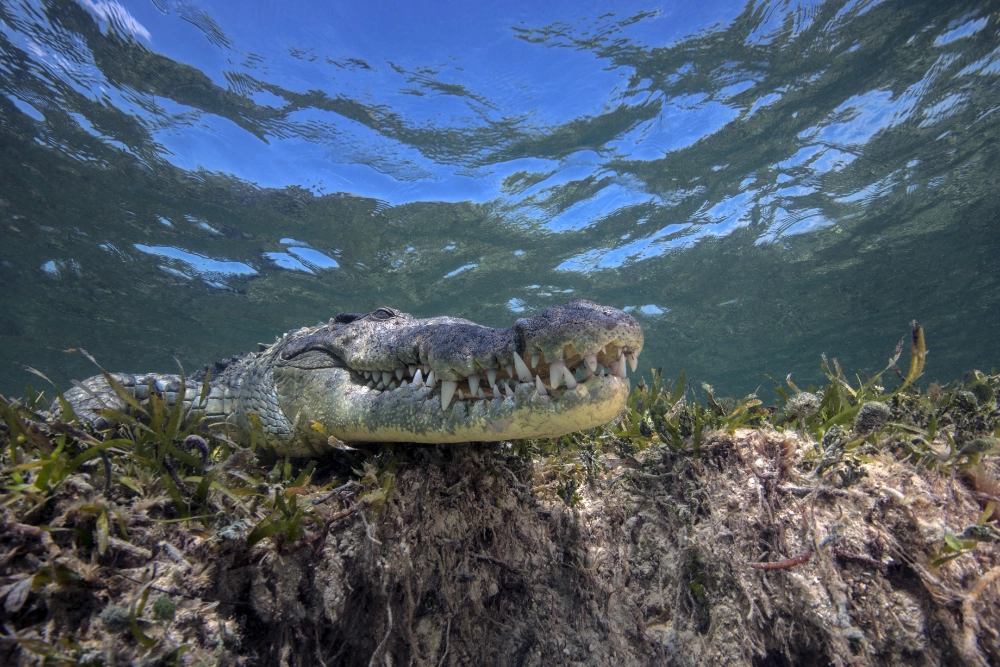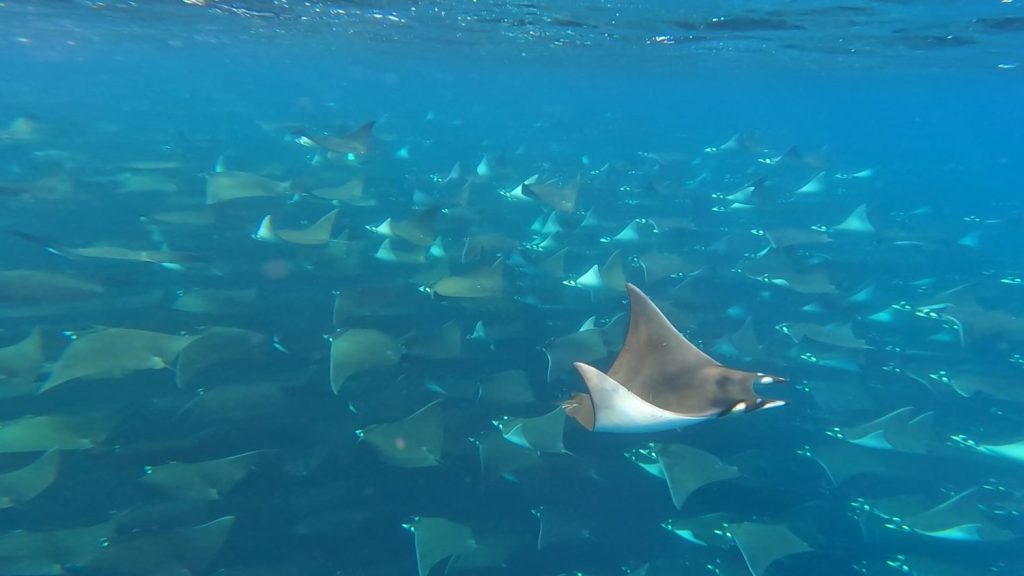Recent Study Shows Effectiveness of MPAs in Supporting Shark Populations

A ground-breaking study published in the Journal of Marine Biology1 has shed light on the significant role of Marine Protected Areas (MPAs) in conserving shark populations. Conducted by a team of researchers from several institutions, including the Global FinPrint Project, and the University of California, the study provides compelling evidence of the positive impact of MPAs on shark abundance and diversity.
The study analysed data from over 400 reefs across 58 countries, comparing shark populations inside MPAs to those in adjacent unprotected areas. The findings revealed that MPAs are highly effective in promoting shark recovery, with shark biomass found to be significantly higher within protected areas compared to unprotected sites.
Lead Author Dr. Sarah Johnson emphasised the importance of MPAs as vital refuges for sharks, stating, “Our research demonstrates that Marine Protected Areas play a critical role in providing sanctuary for sharks, allowing populations to recover and thrive. These protected areas serve as essential habitats for a wide range of shark species, contributing to the health and resilience of marine ecosystems.”
The study also highlighted the need for targeted conservation efforts to address the global decline of shark populations due to overfishing, habitat degradation, and climate change. By establishing and expanding MPAs in key shark habitats, policymakers can help mitigate the threats facing these iconic apex predators and support their long-term survival.
The research findings have significant implications for marine conservation strategies worldwide, underscoring the importance of MPAs as a tool for protecting vulnerable species and preserving marine biodiversity. As nations strive to meet their commitments to marine conservation targets, the establishment and effective management of MPAs will be critical in safeguarding the future of sharks and other marine species.





